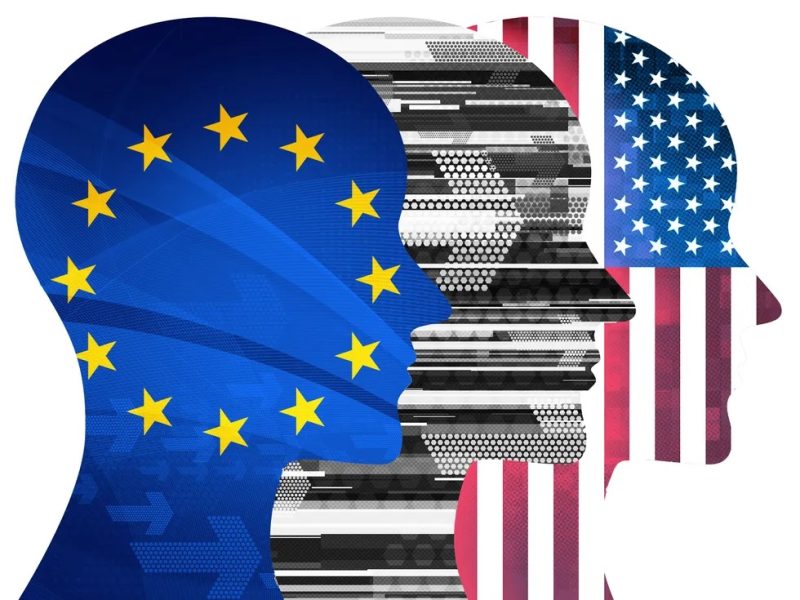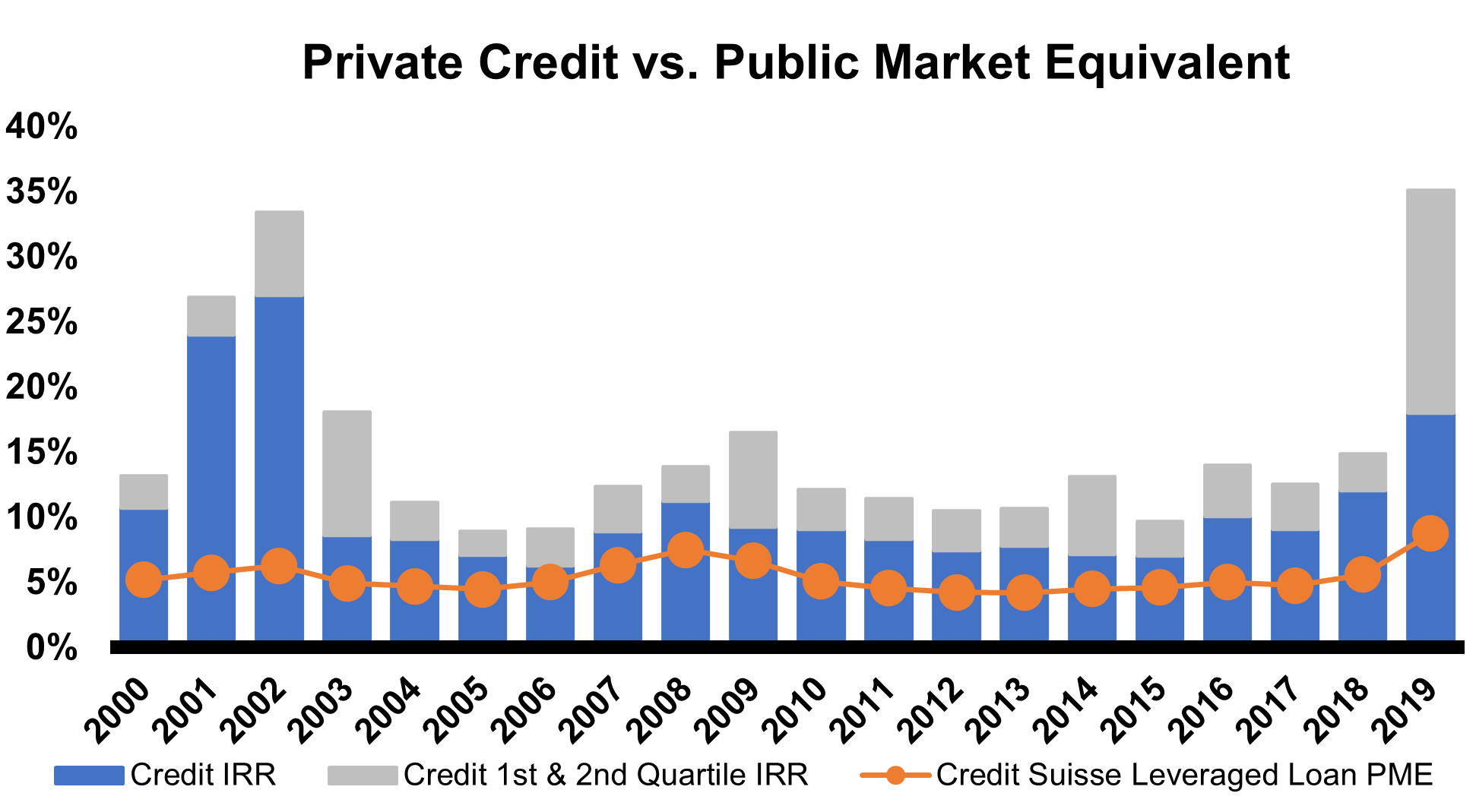EU's Stand Against Trump Administration's AI Regulations

Table of Contents
Differing Philosophies on AI Governance
The fundamental difference between the EU and US approaches to AI regulation stems from their contrasting philosophies on governance.
The EU's Emphasis on Data Privacy and Ethical AI
The EU prioritizes a proactive and precautionary approach to AI, emphasizing data privacy and ethical considerations above all else. This is heavily influenced by the General Data Protection Regulation (GDPR), which mandates stringent data protection measures. The EU's focus extends to:
- Explainable AI (XAI): Promoting transparency and understandability in AI algorithms to ensure accountability and prevent bias.
- Human Oversight: Maintaining human control and responsibility in AI systems to mitigate risks and prevent unintended consequences.
- AI Ethics Committees: Establishing independent bodies to provide ethical guidance and oversight for AI development and deployment.
- The AI Act: This landmark legislation aims to establish a comprehensive regulatory framework for AI systems within the EU, classifying them based on risk levels and imposing different requirements accordingly. This includes strict rules on high-risk AI applications like those used in healthcare and law enforcement.
The EU's strategy aims to protect citizens' fundamental rights and prevent the potential harms associated with biased or opaque AI systems.
The Trump Administration's (and subsequent US) Approach: Deregulation and Market-Driven Innovation
In contrast, the Trump administration (and subsequent US administrations, while showing some shift towards regulation) largely favored a more hands-off approach, prioritizing market-driven innovation and minimizing regulatory burdens. This approach emphasized:
- Self-regulation: Relying on industry self-governance and ethical guidelines rather than strict government mandates.
- Limited Government Intervention: Minimizing government intervention to avoid stifling technological advancement.
- Focus on Innovation: Prioritizing the rapid development and deployment of AI technologies, even at the cost of some potential risks.
While the US has seen increased discussion and some legislative attempts to address AI risks, the overall approach remains less prescriptive than the EU's, raising concerns about consumer protection and ethical oversight.
Key Areas of Conflict
The differing philosophies have led to significant conflicts in several key areas:
Data Protection and Cross-Border Data Transfers
The GDPR presents significant compliance challenges for US companies operating within the EU. Disagreements persist on issues such as data localization—requiring data to be stored within a specific geographic region—and the free flow of data across the Atlantic. These conflicts impact the ability of businesses to operate seamlessly across borders.
Algorithmic Transparency and Accountability
The EU’s push for XAI directly clashes with the US's more laissez-faire approach. The lack of mandated transparency in the US makes it difficult to audit algorithms for bias or to hold developers accountable for algorithmic errors. This difference poses significant challenges for cross-border AI deployment and raises ethical concerns.
Liability and Responsibility for AI-Driven Harm
Establishing liability in cases of AI-related harm remains a significant legal challenge. The EU and US have different legal frameworks for assigning responsibility, leading to uncertainty and potential conflicts in cross-border legal proceedings. The complexity of determining causality in AI-driven incidents further complicates the issue.
The Geopolitical Implications of Divergent AI Regulations
The contrasting regulatory approaches have significant geopolitical implications:
Impact on Global AI Development
The differing standards could lead to a "two-track" system of AI development, with companies catering to either the more stringent EU standards or the less regulated US market. Companies adhering to EU standards may gain a competitive advantage in markets prioritizing data privacy and ethical AI, but may face limitations in other regions. This could impact international cooperation in AI research and development.
The Future of Transatlantic Cooperation on AI
Despite the differences, there's potential for future collaboration. Finding common ground through international organizations and dialogue could lead to the harmonization of standards, ensuring both innovation and consumer protection. However, bridging the gap between the EU's proactive approach and the US's more market-driven stance requires significant effort and compromise.
Conclusion
The contrasting approaches of the EU and US towards AI regulation highlight a fundamental divergence in priorities. The EU prioritizes data privacy and ethical considerations, reflected in its stringent regulations like the GDPR and the AI Act. The US, while gradually increasing its focus on regulation, has historically favored a more market-driven, less prescriptive approach. These differing philosophies have created key areas of conflict regarding data protection, algorithmic transparency, and liability, with significant geopolitical implications for global AI development and transatlantic cooperation. To stay informed about this rapidly evolving landscape, further research into the EU AI Act and ongoing discussions surrounding EU AI Regulations vs. US AI Regulations is crucial. Understanding these dynamics is essential for fostering informed discussions and advocating for responsible AI development globally.

Featured Posts
-
 China Made Vehicles The Future Of The Auto Industry
Apr 26, 2025
China Made Vehicles The Future Of The Auto Industry
Apr 26, 2025 -
 Why Middle Managers Are Essential For Company Success
Apr 26, 2025
Why Middle Managers Are Essential For Company Success
Apr 26, 2025 -
 Land Your Dream Private Credit Job 5 Dos And Don Ts To Follow
Apr 26, 2025
Land Your Dream Private Credit Job 5 Dos And Don Ts To Follow
Apr 26, 2025 -
 I Got My Switch 2 Preorder At Game Stop My Experience
Apr 26, 2025
I Got My Switch 2 Preorder At Game Stop My Experience
Apr 26, 2025 -
 Nato And Ukraine Analyzing Trumps Assessment
Apr 26, 2025
Nato And Ukraine Analyzing Trumps Assessment
Apr 26, 2025
